#ancient world
Text
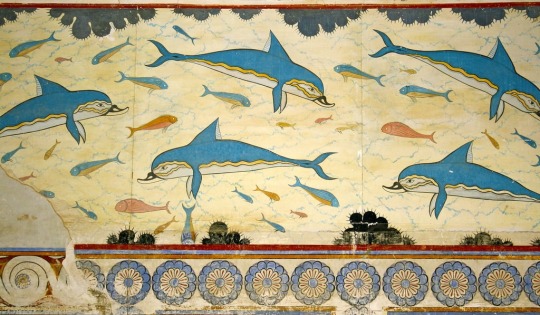

Dolphins Fresco, Palace of Knossos (& detail)
c. 1700-1450 B.C.
#knossos#fresco#dolphins#ancient art#antiquities#minoan civilization#minoan art#minoan#beautiful animals#nature#wildlife#beautiful dolphin#aesthetic#beauty#animals in art#art history#aesthetictumblr#ancient history#ancient world#tumblraesthetic#tumblrpic#tumblrpictures#tumblr art#tumblrstyle#artists on tumblr
2K notes
·
View notes
Text

Temple of the Feathered Serpent, Quetzalcoatl, at Teotihuacán, Mexico. Active approximately 1st to 7th centuries CE.
📸 by me.
#teotihuacan#classics#ancient world#ancient history#history#art history#archaeology#dark academia#world history#architecture#Mexico
2K notes
·
View notes
Text

Burnt offering in a Temple by Ludwig Kohl
#temple#temples#antiquity#classical antiquity#art#ludwig kohl#ancient world#architecture#statues#sculptures#history#ancient rome#ancient greece#gods#columns#europe#european
1K notes
·
View notes
Text



Earliest evidence of dental implants, adorned by Pharoahs
227 notes
·
View notes
Text

This carbonized cradle is the only example of its kind from Roman antiquity that has come down to us. It was preserved by the eruption of Mt Vesuvius and it was discovered in Herculaneum with a tiny infant skeleton still inside.
#:(#herculaneum#cradle#ancient world#ancient rome#roman empire#ancient culture#ancient history#mt vesuvius
237 notes
·
View notes
Text


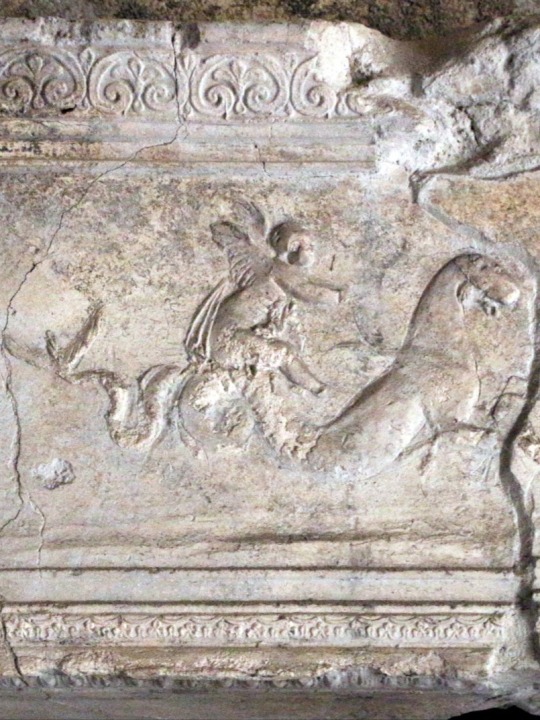
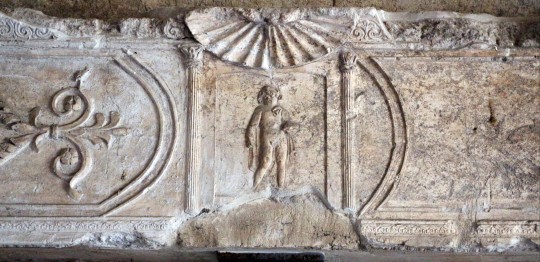

Terme Suburbane (I sec. a.C. - I sec.), Parco Archeologico di Pompei, Napoli.
#pompeii#pompeii ruins#napoli#naples#art history#art#archaeology#campania#ancient world#ancient rome#ancient ruins
613 notes
·
View notes
Text

Reclining on the banks of the Nile | AI-assisted art by @eincline
#ai generated#ai art#ancient world#men#men in love#male form#ancient egypt#nile river#Egypt#homoerotic#homoerotism
172 notes
·
View notes
Text
Time Travel Question 35: Ancient History XVI and Earlier
These Questions are the result of suggestions from the previous iteration.
This category may include suggestions made too late to fall into the correct earlier time grouping. Basically, I'd already moved on to human history, but I'd periodically get a pre-homin suggestion, hence the occasional random item waaay out of it's time period, rather than reopen the category.
In some cases a culture lasted a really long time and I grouped them by whether it was likely the later or earlier grouping made the most sense with the information I had. (Invention ofs tend to fall in an earlier grouping if it's still open. Ones that imply height of or just before something tend to get grouped later, but not always. Sometimes I'll split two different things from the same culture into different polls because they involve separate research goals or the like).
Please add new suggestions below if you have them for future consideration. All cultures and time periods welcome.
#Time Travel#Cybele#Ancient World#Trans History#Vesuvius#Pompeii#Roman Empire#Bog Mummies#Fashion History#Tyrian Purple#Bronze Age#Iron Age#Indigenous History#Egyptian Blue#Mediterranean#Mediterranean Sea#African History#Western Asian History#European History#Queer History#Epidaurus
244 notes
·
View notes
Text
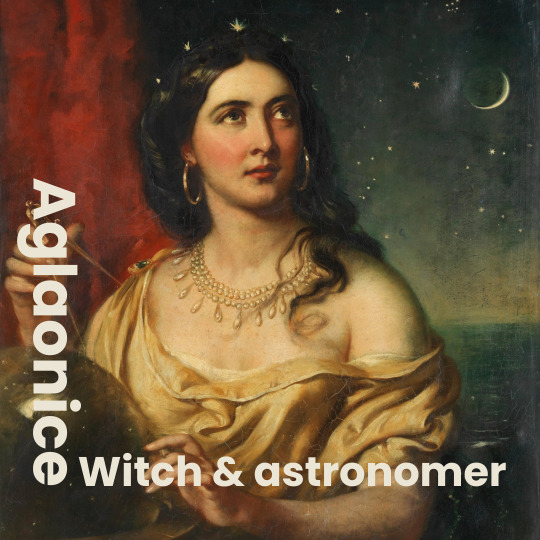
During the second or first century BCE, a woman pretended to be able to control the moon. This was Aglaonice, who is regarded by some as the first known female astronomer.
She’s mentioned in the writings of Plutarch and the scholia to Apollonius of Rhodes and lived in Thessaly, Greece. Being “skilled in astronomy”, Aglaonice used her knowledge to predict eclipses and make people believe she caused the moon to disappear.
According to Plutarch:
“Thoroughly acquainted with the periods of the full moon and when it is subject to eclipse, and, knowing beforehand the time when the moon was due to be overtaken by the earth’s shadow, imposed upon the women, and made all believe she was drawing the moon down.”
The scholia adds that Aglaonice lost a close relation as a punishment for having angered the moon goddess.
Interestingly, Thessaly is associated with women skilled in astronomy and occult practices. Several female astrologers from the third to first centuries BCE were for instance known as “The Witches of Thessaly”. These women were said to study the movements of the moon and trick people into believing that they caused lunar eclipses.
In Plato's Gorgias, Socrates mentions the "Thessalian enchantresses who, as they say, bring down the moon from heaven at the risk of their own destruction."
Today, a crater on Venus bears Aglaonice’s name.
Feel free to check out my Ko-Fi if you like what I do! Your support would be greatly appreciated.
Further reading:
Bicknell Peter, "The witch Aglaonice and dark lunar eclipses in the second and first centuries BC."
Chrystal Paul, Women in Ancient Greece
Plutarch, On the failure of oracles
Plutarch, Conjugalia Praecepta
Reser Anna, McNeil Leila, Forces of Nature: the women who changed science
#aglaonice#history#women in history#women's history#women in science#herstory#greece#ancient greece#antiquity#scientists#astronomy#historyedits#1st century BCE#ancient world#historical figures
96 notes
·
View notes
Photo
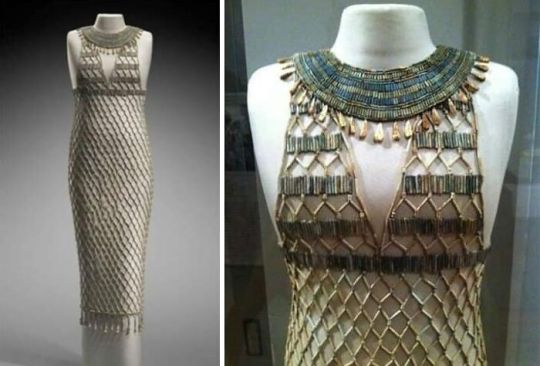
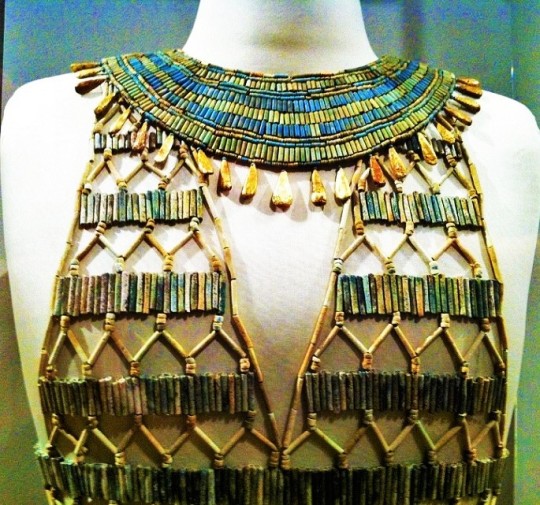
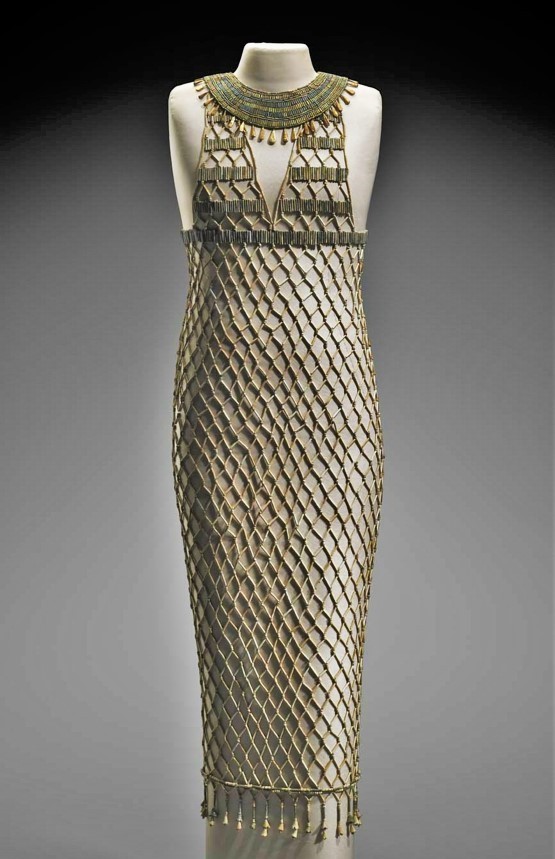
4,500 year old Egyptian beaded dress
This beadnet dress is the earliest surviving example of such a garment.
It has been painstakingly reassembled from approximately seven thousand beads found in an undisturbed burial of a female contemporary of King Khufu. From Giza, tomb G 7440 Z. 1927: excavated by the Harvard University.
Although their string had disintegrated, a few beads still lay in their original pattern on and around the mummy, permitting an accurate reconstruction. The color of the beads has faded, but the beadnet was originally blue and blue green in imitation of lapis lazuli and turquoise.
(source)
3K notes
·
View notes
Text
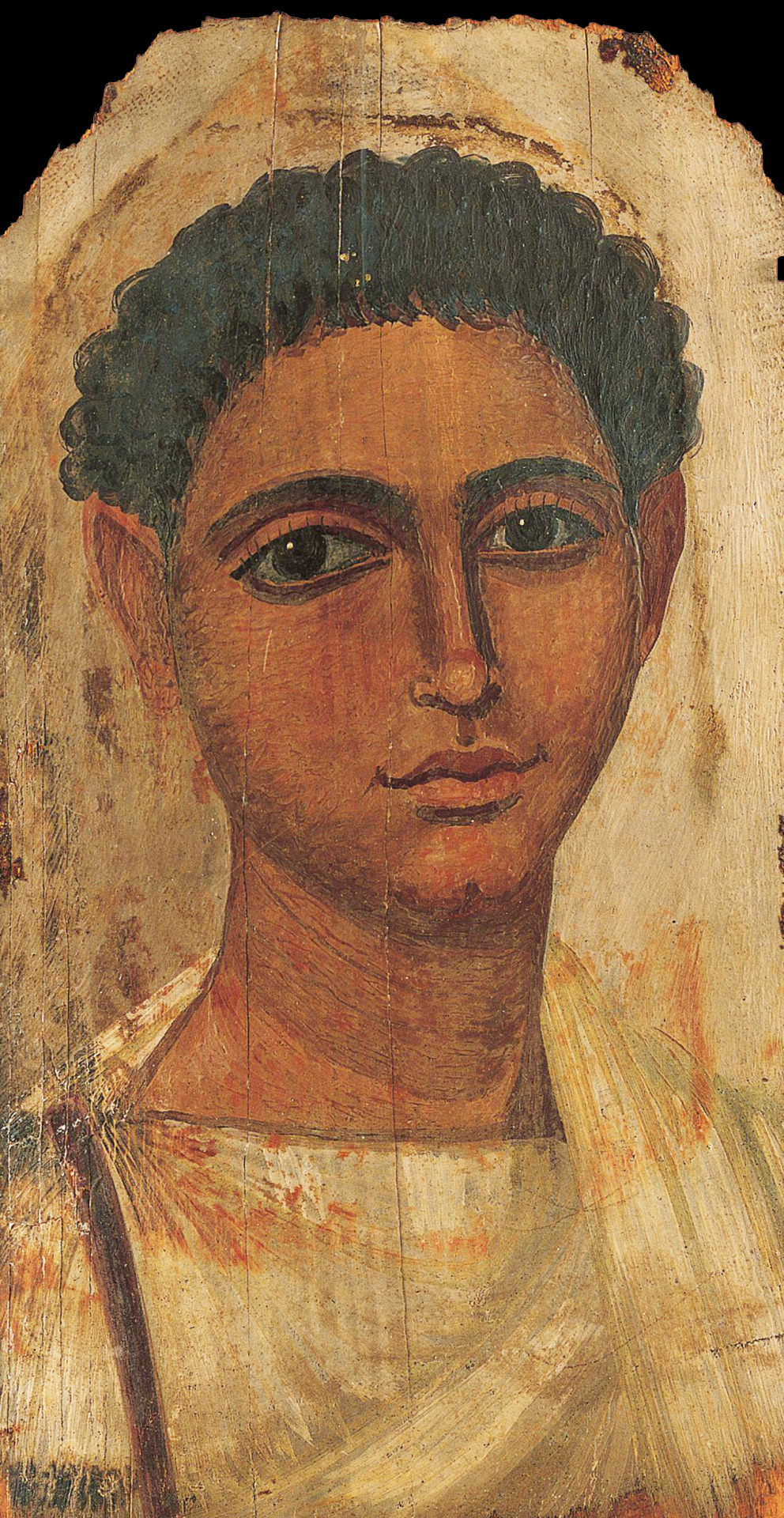
Faiyum Portrait of a Roman Citizen, 2nd century A.D, Roman Egypt
Norton Simon Museum
#Faiyum portrait#faiyum#brunet#art#fine art#roman empire#roman egypt#egypt#mediterranean#classical art#fine arts#roman#egyptian#ancient#ancient history#ancient rome#ancient egypt#ancient world
301 notes
·
View notes
Text
me: *reads a sentence that I agree with in an ancient text written thousands of years ago*
me: so true bestie
852 notes
·
View notes
Text

Interior of an Egyptian Temple by Albert Holz
#albert holz#art#ancient egypt#egypt#egyptian#temple#temples#architecture#archaeology#history#temple of edfu#edfu temple#ancient world
620 notes
·
View notes
Text




fragments from another age // greek and roman sculpture at the met xx
#the met#the metropolitan museum of art#art museum#art history#ancient art#ancient rome#ancient greek#ancient greece#sculpture#ancient world#archaeology#classical academia#art academia#dark academia#academia aesthetics#mine#my photos#travel memories#travel photo diary#queue
586 notes
·
View notes
Text

I freaking love Ancient Egypt.
I think the animal-headed gods first drew me in as a kid, and then the whole mummy thing just, fascinated me! And the hieroglyphics are so beautiful. I am totally an armchair archeologist--I have watched so many documentaries and read so many books on the subject.
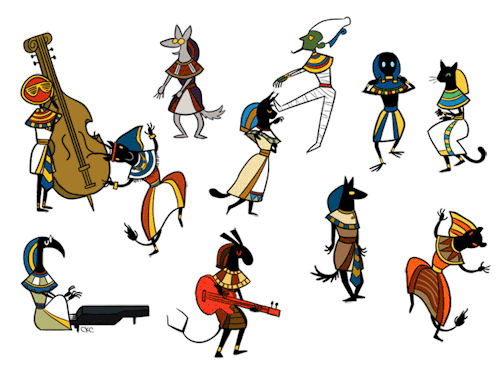
Many years ago, I went to visit a mummy at the Boston Museum of Art. The mummy was a priest in his life, and they had recreated his tomb around him. And it was not the Book of the Dead that graced the walls--it was the Amduat.
The Amduat tells the story of Ra's journey every night when he--as sun god--descends below the horizon. Each panel is an hour, three on each wall. He and his fellow gods journey down Nile of the underworld and then come to a desert, through which his attendants carry his barge.
And every night, in the Sixth Hour, Apophis comes.
He is the embodiment of death and destruction and evil and the end of everything, depicted usually as a terrible serpent. He rises up out of the sands of the desert and threatens to devour Ra and the entire world as well.
Every night, the gods do battle with this beast. Surprisingly, they are lead in many depictions by Set, himself a chaotic, dangerous god.

And every night they put down the beast, and Ra triumphs, and continues his journey to the East, where he rises once again to bring a new day to the people of the world.
But the outcome is never assured, you see. One night, he just might loose the battle, and be devoured, and the sun will never rise again.
This story captivated me. What sort of people would create such a narrative, one where every night could possibly be the world's last?
On the ride home I had a vision of mysterious figures running through an Ancient Egyptian city, and my own story was born. And I knew even before I knew the plot what the name of the story had to be: The Sixth Hour. The hour when everything hangs in the balance. The hour when failure is just not an option.
I wrote and re-wrote the story several times over the years. I realized that I could never research enough to make a perfectly accurate historical story, so I deliberately allowed myself to take some liberties, to free myself from the restraints of perfectionism. That's why I call this a fantasy adventure based on Ancient Egypt and the lands surrounding it, instead of a historical novel.
A friend enjoyed it so much she drew me some fanart, gave me permission to use it as a cover, and encouraged me to share my story with the world, and so I finally took a deep breath and made the plunge. Honestly, it's terrifying to put myself out there. It is not in my nature.
But I enjoyed writing this little story very much, and I would like to share it, in the hope that you will enjoy reading it, too.
Learn more about The Sixth Hour HERE.
Available through numerous ebook distributors. Thanks, Draft2Digital!
75 notes
·
View notes
Text

"Standard of Sargon II, King of Assyria, 722-705 B.C." Ancient calendars and constellations. 1903. Cover detail.
Internet Archive
247 notes
·
View notes